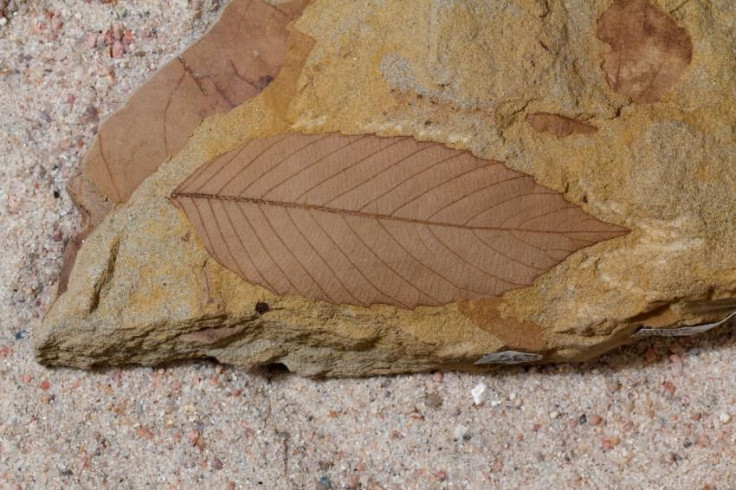Meteorite That Is Believed To Have Led To Dinosaurs’ Extinction Helped Forests Bloom

The meteorite that is believed to have wiped dinosaurs off the planet millions of years ago also decimated the evergreen flowering plants of the time, but the harsh conditions that followed the killer impact favored fast-growing, deciduous plants, and helped ancient forests bloom, according to a new study, published in the journal PLOS Biology on Tuesday.
Scientists believe that a chunk of rock, measuring six miles in diameter, hit the Yucatán Peninsula in southeastern Mexico some 66 million years ago and triggered various natural calamities such as tsunamis, wildfires, earthquakes and volcanic explosions that led to the extinction of dinosaurs. Now, the new study, conducted by researchers from the University of Arizona, reveals that the properties of deciduous plants helped them cope with the varying "post-apocalyptic" climate conditions on the planet.
“When you look at forests around the world today, you don't see many forests dominated by evergreen flowering plants,” Benjamin Blonder, the study’s lead author, said in a statement. “Instead, they are dominated by deciduous species, plants that lose their leaves at some point during the year.”

As part of the study, the scientists applied biomechanical formulas to thousands of fossilized leaves of angiosperms -- flowering plants excluding conifers like spruce and pine. The process allowed scientists to successfully reconstruct the ecology of plants that thrived in a 2.2 million-year period spanning the cataclysmic impact.
The scientists found evidence that after the impact, fast-growing, deciduous angiosperms had replaced their slower, evergreen peers to a large extent.
“Survival of the fittest doesn't apply — the impact is like a reset button. The alternative hypothesis, however, is that some species had properties that enabled them to survive,” Blonder said.
The scientists studied nearly 1,000 fossilized plant leaves collected from a location in southern North Dakota. The collection consists of more than 10,000 identified plant fossils and is housed at the Denver Museum of Nature and Science.
Previous studies have revealed evidence of a dramatic drop in temperatures across the planet, caused by dust from the impact. Now, the scientists have suggested that a fast-changing climate, introduced by the impact, “would have favored plants that grew quickly and could take advantage of changing conditions.”
© Copyright IBTimes 2024. All rights reserved.






















